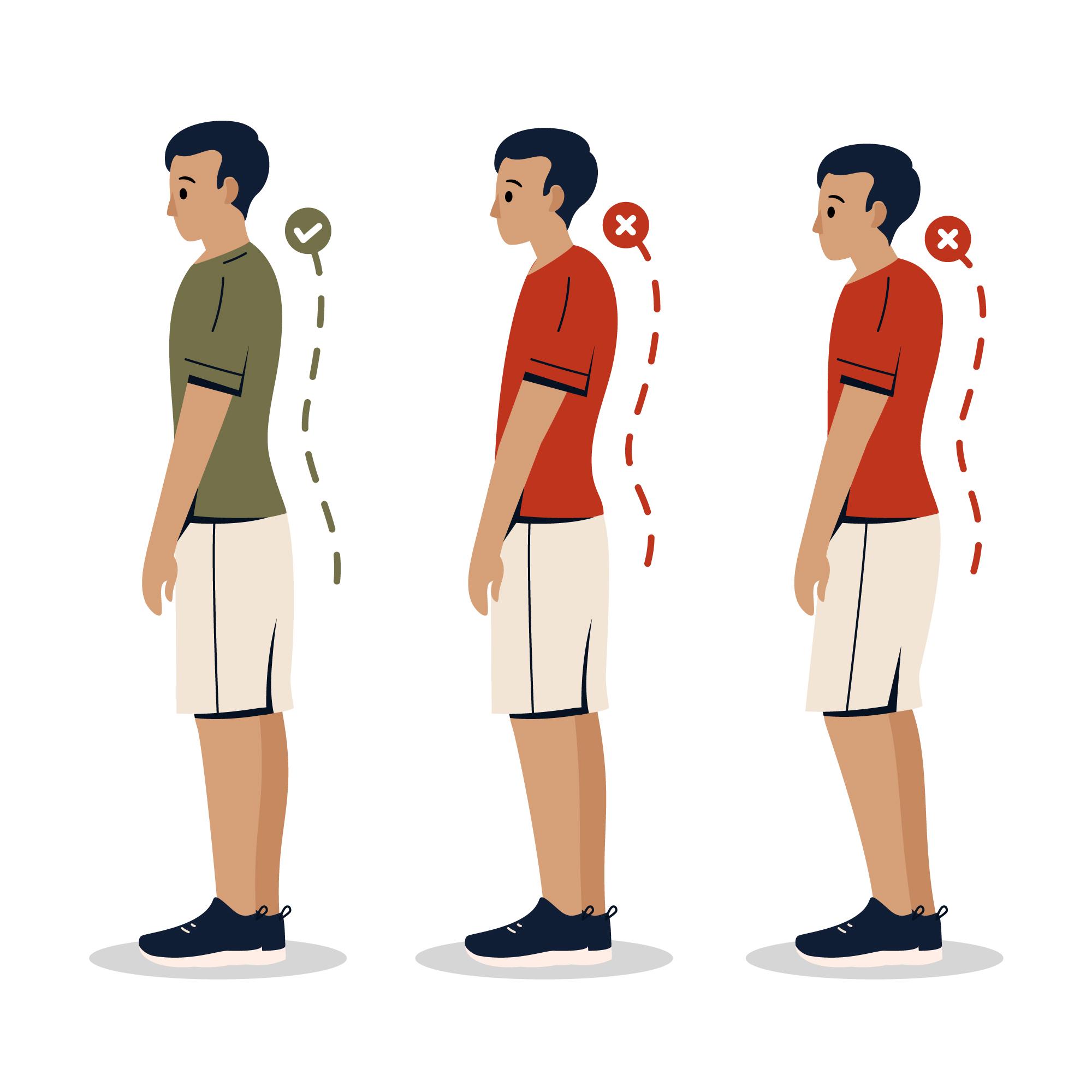Upper Crossed Syndrome (UCS)—also called cervical crossed syndrome—is a common postural imbalance marked by tight chest and upper neck muscles (like pectorals, levator scapulae, upper trapezius) combined with weak upper back and deep neck flexor muscles (e.g. rhomboids, lower trapezius, deep cervical flexors). This imbalance often leads to forward-head posture, rounded shoulders, neck discomfort, headaches, and limited mobility.
What Chiropractic Care Involves
Chiropractic treatment for UCS typically includes:
- Manual spinal adjustments to correct vertebral alignment
- Myofascial release or soft tissue therapy to relieve tight muscles
- Postural training and ergonomic guidance to correct improper body mechanics
- An exercise prescription focusing on stretching tight and strengthening weak muscles
What Does the Research Say?
✔️ Chiropractic + Exercise Works Better Than Either Alone
A review of conservative treatments concluded that combining spinal manipulation with muscular re‑education (stretching and strengthening) yields better outcomes in UCS patients than either method alone.
✔️ Evidence Linking Chiropractic Protocols to Cervicogenic Symptoms
A case report detailed a patient with cervicogenic headaches (linked to UCS posture) who experienced long-term relief following chiropractic adjustments, myofascial release, and targeted exercise training.
✔️ Exercise-Focused Protocols Show Strong Results
Janda’s approach—focusing on stretching tight muscles and strengthening weak ones—has been validated in randomized controlled trials for improving posture, range of motion, flexibility, and reducing pain in UCS sufferers, often outperforming static/stretch-only regimens.
Bottom Line: What to Expect
| Scenario | Likely Chiropractic Benefit | Recommended Approach |
| Primary UCS without serious symptoms | Moderate benefit when combining adjustment + exercise | Chiropractic care plus Janda-style exercise protocol |
| Cervicogenic headaches / neck dysfunction | Some evidence of symptom reduction | Manual + soft tissue + posture correction |
| General posture correction / prevention | Mixed results; strongest evidence supports exercise-based rehab | Focus on exercise protocols, ergonomic habits |
| Complex or acute neurological symptoms | Risk may outweigh benefit | Seek medical evaluation before manipulation |
If you’re considering care for upper crossed syndrome, look for clinicians who integrate evidence-based corrective exercise, postural training, and safe manual techniques, For personalized guidance, consult your primary healthcare provider.

